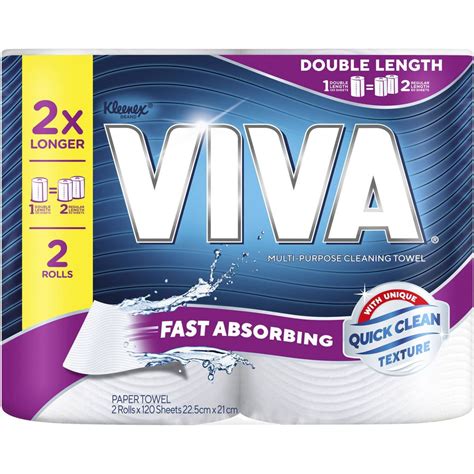Bamboo is recognized as a highly sustainable and renewable natural resource. It varies in growth, with some types reaching heights of 5 to 8 feet. Growth rate and height are influenced by light conditions, with lower light leading to slower and less pronounced growth. To plant bamboo, it’s recommended to compact the soil in a pot, leaving a space of 10cm to 15cm at the top. Bamboo containers offer a versatile and eco-friendly option for home use. For securing the bamboo canes, twine or raffia is useful, and softening one cane can create an attractive top for your planter.
The production process of bamboo flooring includes several steps, starting with cutting the bamboo. When using bamboo in containers, a potting mix should be added to a depth that allows the bamboo to maintain the same height as it did in its nursery pot.

Bamboo is also a great choice for container gardening, offering an appealing look with its bold, upright canes and evergreen foliage. For food enthusiasts, consider the Sticky Rice Steamer Set with Bamboo Containers (22cm), perfect for making Thai sticky rice. These containers are not only aesthetically pleasing but also airtight, leakproof, impact-resistant, and safe for use in freezers, ovens, microwaves, and dishwashers.
When it comes to regulations, the WG-FCM clarifies that materials with additives like ground bamboo or bamboo flour, when used in polymers, are still classified as plastics and must comply with existing regulations for plastic FCMs. Pleioblastus auricomus, also known as Arundinaria viridistriata, is a colorful, slowly spreading bamboo that is easy to manage. Additionally, bamboo containers with tight-fitting lids are excellent for preserving aroma and taste, and can also be used as coasters.
For relocating a bamboo shoot, it should be pruned and placed in a container with enough water to submerge the roots, then positioned in a shady area.

